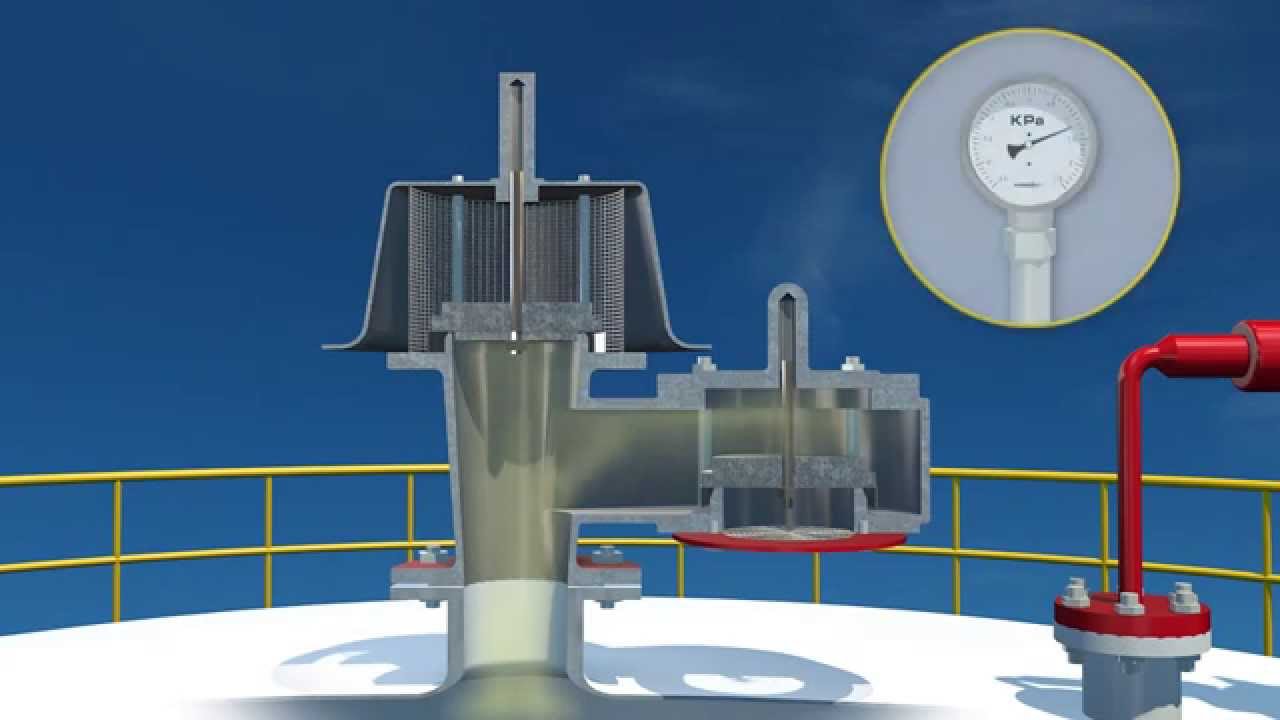In the world of industrial engineering, the efficiency and safety of systems often hinge on the performance of individual components. One such critical component is the Pressure Relief Valve (PRV). Understanding the PRV response time is vital for ensuring optimal safety and performance in various industrial applications.

What is PRV Response Time?
The PRV response time refers to the duration a pressure relief valve takes to activate and release excess pressure from a system once a preset threshold is exceeded. This metric is crucial in preventing potential system failures or catastrophic events.
The Importance of Quick Response
In any industrial setting, a swift PRV response time is essential. Quick response times ensure that pressure build-ups are promptly alleviated, thereby safeguarding equipment and personnel. A delay in response can lead to hazardous situations, including equipment damage or explosions.
Factors Affecting PRV Response Time
Several factors can impact the PRV response time, including:
- Valve Design: Different designs have varying response times. For instance, a spring-loaded valve might respond differently than a pilot-operated valve.
- System Pressure: The initial pressure in the system can influence how quickly a PRV reacts.
- Valve Size: Larger valves may have longer response times due to the mass and volume involved.
- Maintenance: Regular maintenance ensures that PRVs function optimally, reducing response times.
Optimizing PRV Response Time
Industrial engineers can optimize PRV response time by considering several strategies:
Regular Maintenance
Routine checks and maintenance are essential for ensuring that PRVs are in good working order. This includes cleaning, lubricating, and testing valves regularly.
System Design Considerations
Designing systems with optimal PRV placement can significantly enhance response times. Engineers should ensure that valves are easily accessible and strategically placed to handle pressure build-ups effectively.
Choosing the Right Valve
Selecting a valve that suits the specific requirements of the system is crucial. Factors such as operating temperature and pressure should guide the choice of valve. For more insights on valve design standards, visit the PRV design standards page.
Technological Advances in PRV Response
Recent innovations in valve technology have led to improved PRV response times. These advancements include:
Smart Valves
Equipped with sensors and automation, smart valves provide real-time data on system conditions, enabling faster and more accurate responses.
Advanced Materials
Utilizing advanced materials in valve construction can reduce friction and wear, leading to quicker response times. Learn more about suitable materials at relief valve seal materials.
Challenges in Managing PRV Response Time
Despite advances, managing PRV response time can present challenges:
Environmental Conditions
External factors such as temperature and humidity can affect valve performance. Understanding the PRV operating temperature limits is crucial.
Regulatory Compliance
Ensuring compliance with industry standards and regulations can be daunting, but it is essential for maintaining safety and performance.
Conclusion
The efficiency and safety of industrial systems greatly depend on the PRV response time. By understanding the factors that influence response times, and by adopting strategies to optimize them, industrial engineers can enhance system reliability and safety.

FAQs
What affects PRV response time the most?
The design and size of the valve, along with system pressure, are significant factors affecting PRV response time.
How often should PRVs be maintained?
Regular maintenance, at least annually, is recommended to ensure optimal performance and response times.
Are smart valves worth the investment?
Yes, smart valves offer enhanced monitoring and control, leading to improved PRV response time and overall system efficiency.
For more information on safety valves, visit the external link.
This article contains affiliate links. We may earn a commission at no extra cost to you.



